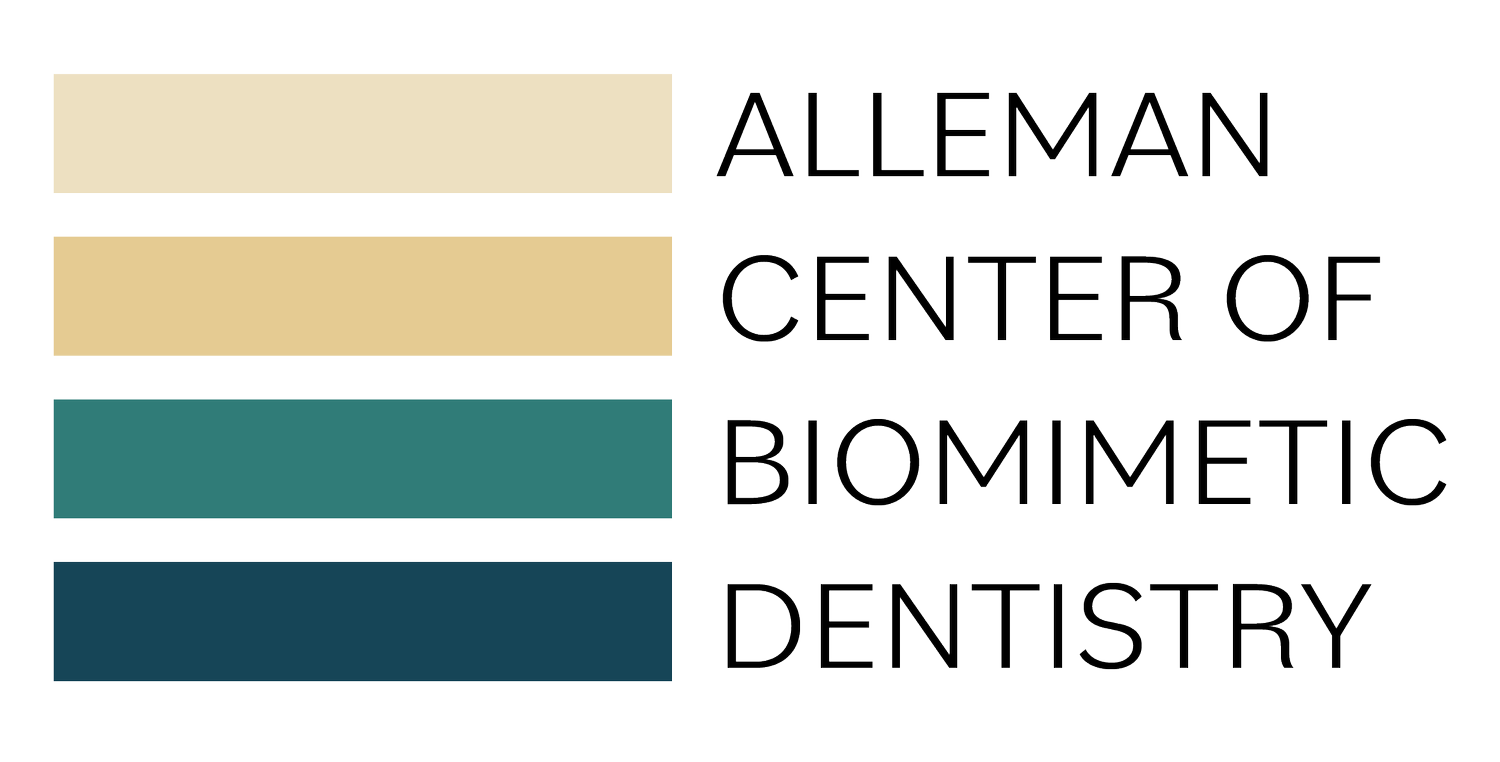Immediate Dentin Sealing
Immediate dentin sealing uses the dental bonding system to seal exposed dentin. If using a gold standard adhesive with the Six Lessons Approach protocols, doctors can achieve a biomimetic bond, similar to the strength at which a tooth is bonded to itself (30-50 MPa). This is the first step in creating a biobase, the dentin replacement, of a biomimetic restoration.
Immediate dentin sealing is shown in this case by Dr. Davey Alleman, DMD.
Benefits of immediate dentin sealing
Immediate dentin sealing helps eliminate post-operative sensitivity by bonding to dentin at the nanometer level, so small that bacteria cannot enter. This blocks bacteria from reinfecting the pulp, seals caries left near the pulp causing the bacteria to go dormant and stops the pulp’s natural defence reaction of exuding pulpal fluid by sealing exposed dentin tubules — all causes of post-operative sensitivity.
Deep caries stained pink by caries detector dye is sealed close to the pulp with immediate dentin sealing. Case by Dr. Davey Alleman, DMD.
How to choose a dental bonding system
Strong initial bonds: Look for dental bonding systems with independently tested bond strengths in the 30-50 MPa range. Bonding at this strength mimics the strength at which a natural tooth is connected to itself, allowing the remaining tooth structure and restorative material to work together to function like a natural tooth.
Strong long-term bonds: Getting bonded is easy; staying bonded is the real challenge of adhesive dentistry. Even if initial stresses during polymerization are managed with stress-reduction protocols, long-term bonds can be degraded by matrix metalloproteinase. Look for dental bonding systems containing molecules that deactivate matrix metalloproteinase or deactivate matrix metalloproteinase with an additional chlorhexidine step to help maintain long-term bonds.
This 2007 article by M Braem shows how bond strengths of dental bonding agents fatigue over time from occlusal wear. Techniques from Dr. David Alleman’s Six Lessons Approach help prevent these outcomes by improving long-term bond strength. Slide from the Biomimetic Mastership.
Gold standard bonding systems like Kerr OptiBond FL, Kuraray Clearfil SE Bond and Kuraray Clearfil SE Protect are able to achieve strong bonds at the start and throughout the lifetime of the restoration due to their unique molecular make-ups and resistance to hydrolytic degradation. However, your bonding system is just the first step. Without the proper techniques that account for variables like C-factor and polymerization stress, practitioners will experience failing bonds even with the best dental bonding agents.
Why technique matters for immediate dentin sealing
Effective immediate dentin sealing requires more than a gold standard dental bonding system. When establishing the hybrid layer, specific techniques must be used to manage the hierarchy of bondability when bonding to varying substrates as well as C-factor for preparations with multiple walls.
Immediate dentin sealing is just one step for a restoration that stays bonded and symptom-free. A full case using Dr. David Alleman’s Six Lessons Approach is shown here in this case by Dr. Davey Alleman.
When Dr. David Alleman began his literature review of advanced adhesive principles in 1995, he sought a way to add predictability to the complex process of bonding to dentin. From his research, he created the Six Lessons Approach, a complete set of protocols for restoring a tooth from diagnosis to delivery for a restoration that mimics the form and function of a natural tooth. Learn more about immediate dentin sealing and the next essential step, resin coating, in Alleman Center dentistry training programs.
Learn more about immediate dentin sealing in this Six Lessons Approach Podcast episode.











